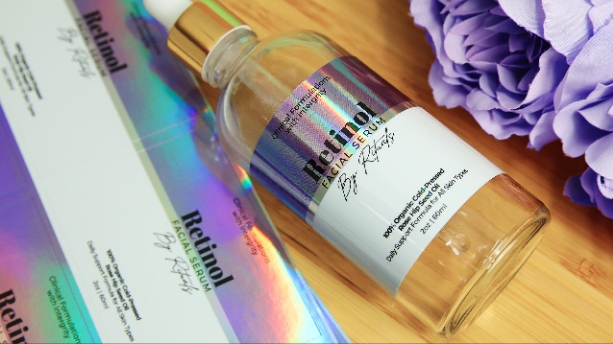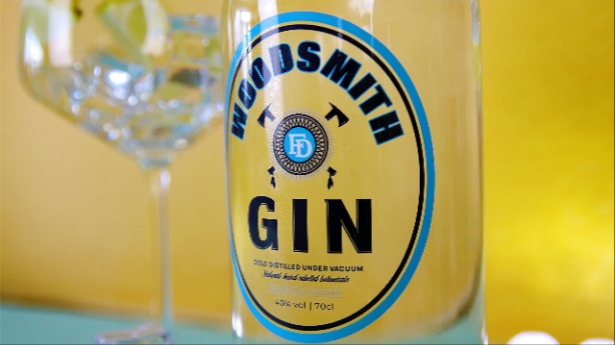In the competitive world of product packaging, stickers and labels play a crucial role in capturing consumers’ attention and conveying important information. Choosing the right material for your stickers and labels is essential to ensure durability, aesthetics, and overall product appeal. This article will guide you through the best sticker and label material options for bottled products, taking into account various factors such as importance, types, water bottle sticker material compatibility, environmental considerations, and cost analysis.
There is a wide range of materials available for stickers and labels, each with its own set of advantages and disadvantages. Understanding the characteristics of different materials will help you make an informed decision based on your product’s requirements. Let’s explore some popular options:
Paper Labels: Pros and Cons
Paper labels are versatile and commonly used in various industries. They are affordable, easy to print on, and offer a natural, rustic look. However, paper labels may not be the best choice for products exposed to moisture or extreme conditions, as they can become wrinkled, peel off, or fade over time. Consider the environment in which your product will be used before opting for paper labels.
Vinyl Stickers: Advantages and Disadvantages
Vinyl stickers are highly durable and resistant to water, oil, and UV rays. They can be contour cut, allowing for intricate designs and a professional appearance. Vinyl stickers are ideal for products that require long-lasting labels, such as cosmetics, food containers, and outdoor products. However, they tend to be more expensive than other materials, making them less cost-effective for large-scale production runs.
Polyester Labels: When to Use
Polyester labels are known for their excellent print quality and durability. They can withstand harsh conditions, including exposure to extreme temperatures, chemicals, and sunlight. Polyester labels are commonly used in industries such as automotive, electronics, and outdoor equipment. If your product requires labels that can withstand challenging environments, polyester is a reliable choice.

The Impact of Bottle Material on Label Choice
The material of your water bottle stickers can significantly influence the selection of sticker and label materials. Different bottle materials have varying surface characteristics and adhesive compatibility. Let’s consider two common bottle materials: glass and plastic.
Glass Bottles and Suitable Label Materials
Glass bottles provide a premium, luxurious look and feel. When choosing label materials for glass bottles, consider materials that adhere well to glass surfaces, such as vinyl or polyester. These materials offer excellent printing quality and durability, ensuring that your labels remain intact throughout the product’s lifespan.
Plastic Bottles and Compatible Sticker Materials
Plastic bottles are lighter, more affordable, and shatter-resistant compared to glass bottles. However, plastic surfaces can pose challenges when it comes to adhesion. For plastic bottles, materials such as vinyl or polypropylene offer good adhesive compatibility. It’s important to ensure that the label material adheres securely to plastic surfaces to maintain product aesthetics and legibility.
Cost Analysis of Various Sticker and Label Materials
Cost is a significant consideration when choosing sticker and label materials, particularly for businesses operating on tight budgets. Let’s compare the cost implications of three commonly used bottle label materials: paper, vinyl, and polyester.
Comparing the Cost of Paper, Vinyl, and Polyester Labels
Paper labels are the most cost-effective option, making them suitable for budget-conscious businesses. Vinyl stickers are more expensive than paper but offer superior durability and moisture resistance. Polyester labels tend to be the most expensive due to their exceptional durability and resistance to extreme conditions. Carefully consider your budget and specific requirements to choose a material that offers the best balance between cost and features.
Understanding the Long-term Cost Implications of Your Material Choice
While upfront costs are important, it’s also essential to consider the long-term cost implications of your sticker and label material choice. Materials that require frequent replacements or result in poor label durability can lead to additional expenses in the long run. Balancing upfront costs with long-term durability can help you make a sound investment that ultimately benefits your bottom line.
Conclusion
Choosing the best sticker and label material options for bottled products is a critical decision that can significantly impact your product’s success. By understanding the importance of sticker and label material, evaluating different material types, considering bottle material compatibility, incorporating environmental considerations, and analyzing cost implications, you can make an informed choice that enhances your product’s branding, durability, and sustainability. Remember, each product and its packaging requirements are unique, so take the time to assess your specific needs and make a decision that aligns with your brand and consumer expectations.
You may also like
-
Classified Websites in India: A Digital Marketplace for All
-
Why Sod Installation is the Quickest Way to a Beautiful Lawn?
-
The Role of Statutes and Case Law in Policy Limit Access
-
Setting Up a Home Theater with LG CineBeam Q The Ultimate Guide
-
Business Listing Sites in USA: 2025 Guide for Better Online Visibility

